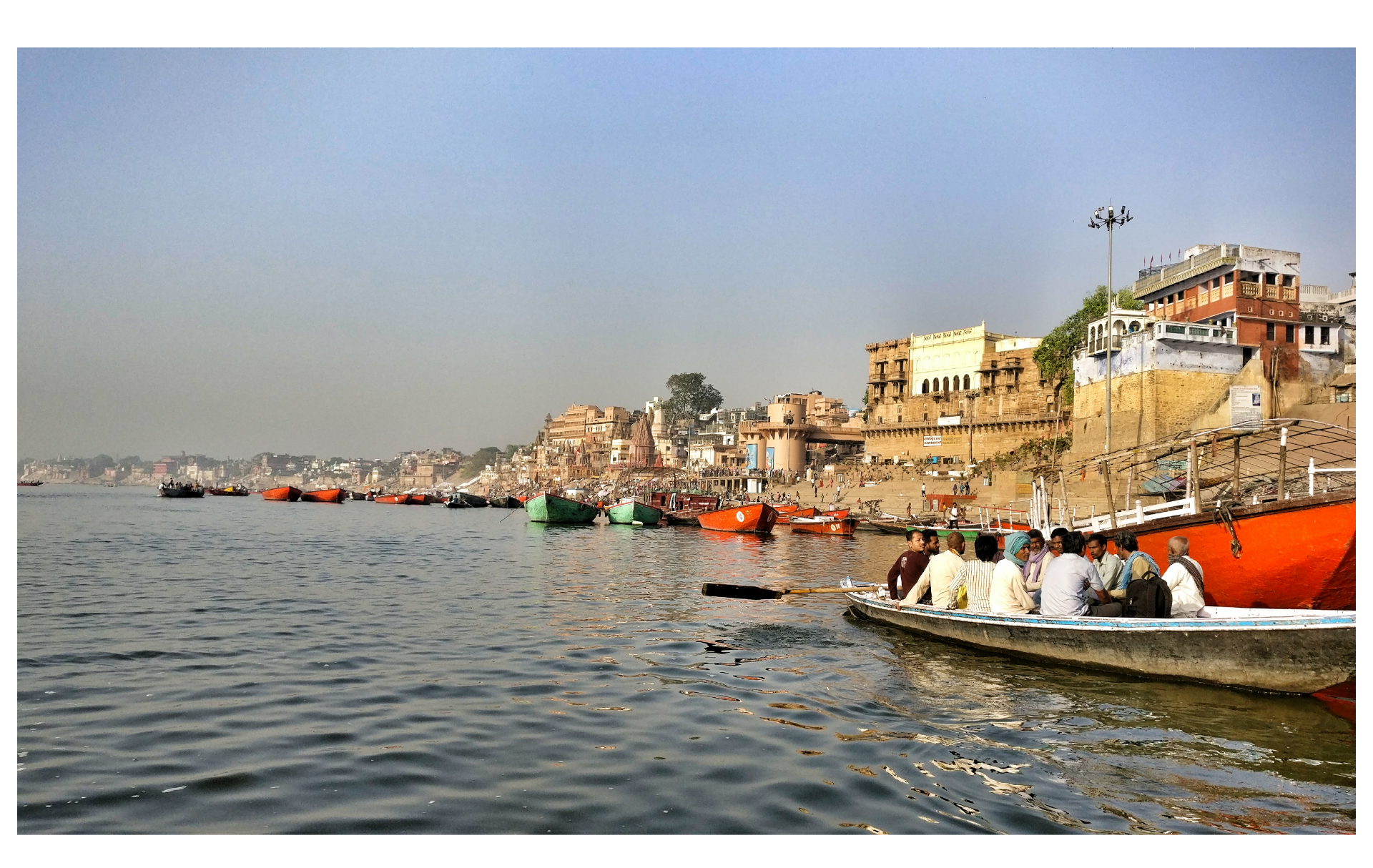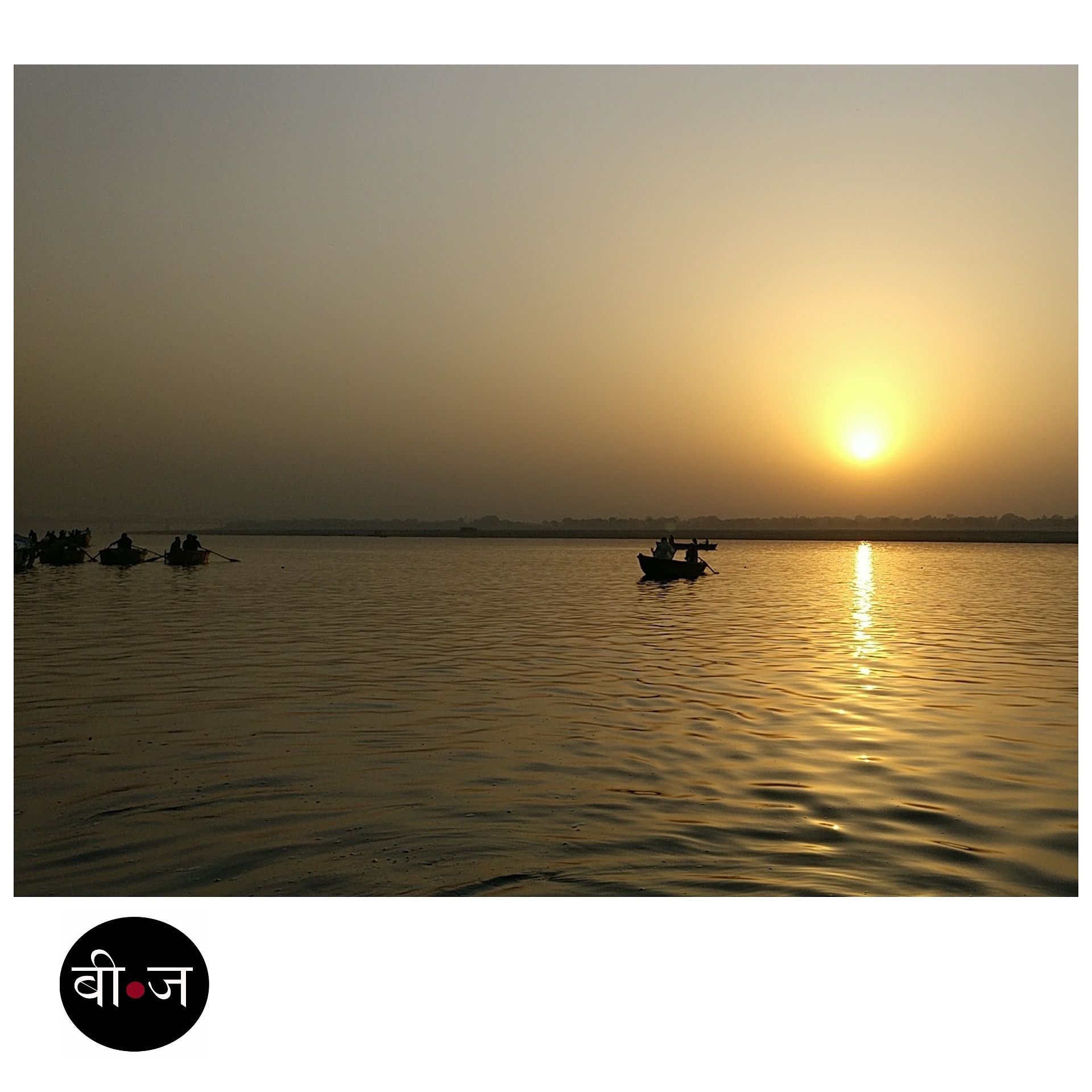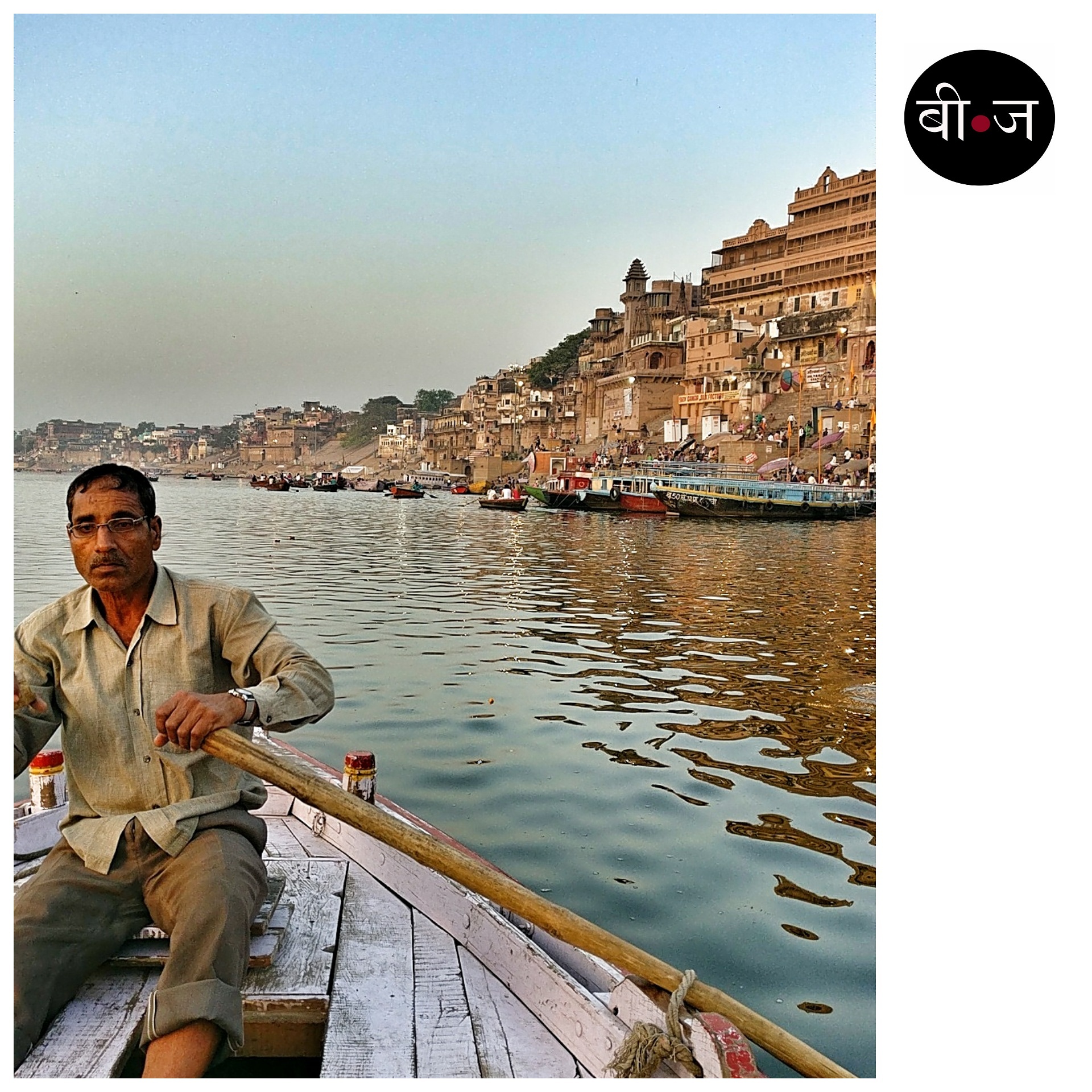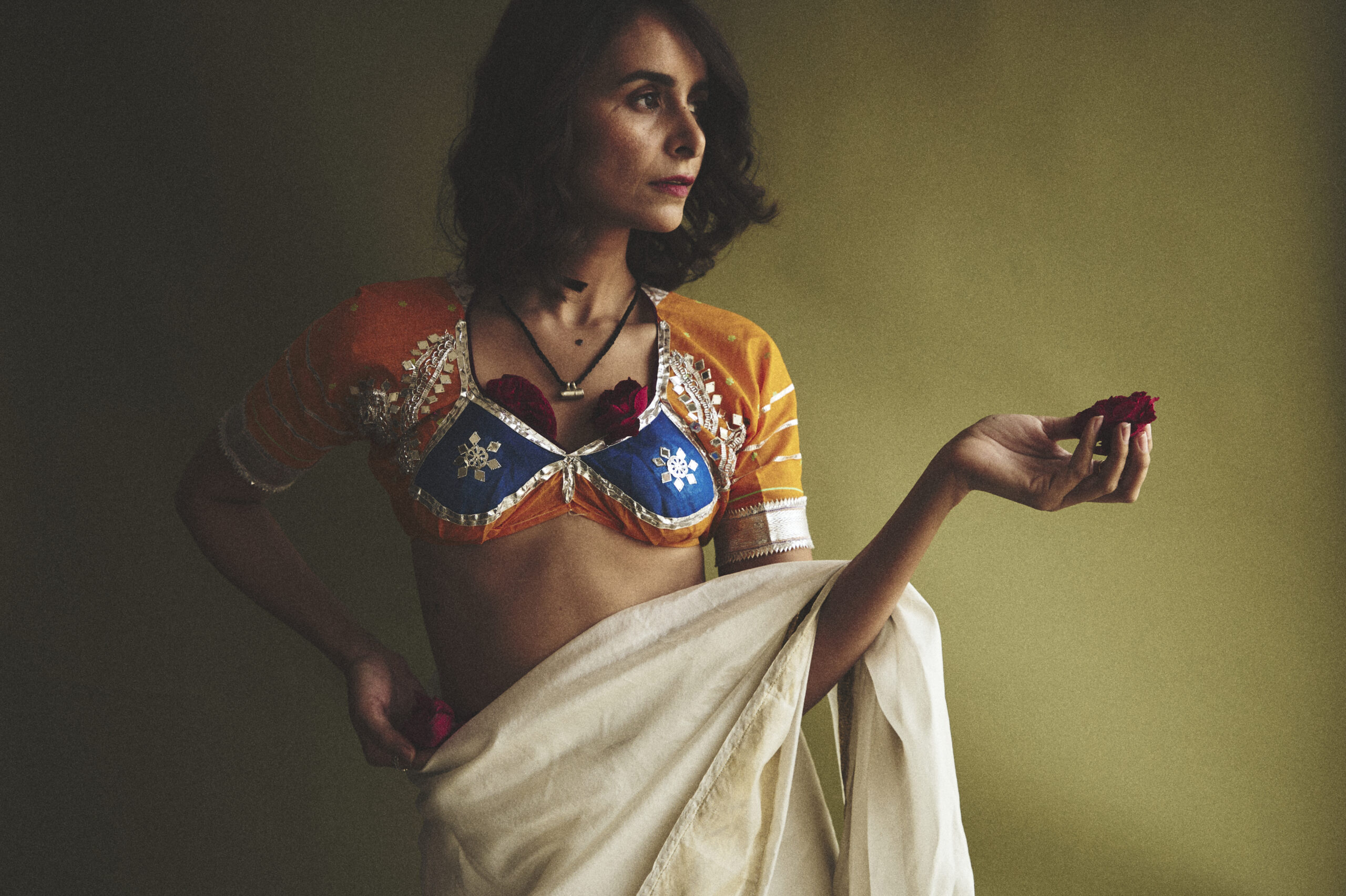Ashes to ashes, dust to dust

The venerable Kashi, on the bank of the Ganges, is where I thought I would find salvation. Or so, I hoped.

The boat is red. Dusty, brick red, with paint peeling off in little flecks into the muddy water. The once shiny coat has withered with time. The boatman steers us away from other boats that are also a shade of faded ochre. Sometimes the boats bump into each other, a gentle jolt, and then they glide away. We sit on thin mattresses on either side. There are no life jackets, after all, everywhere; there is god to save us.

We woke when it was dark. But at Dashwamedha Ghat, the sun had already risen. The most spectacular of the Ghats, and the oldest, was created by Lord Brahma to welcome Lord Shiva, he, the Destroyer in the holy trinity, who created the city. He is Mahadeva, the great god, who represents the Trimurti—the Creator, Preserver and the Destroyer. In Benares, the moon crested, blue throated god has a towering presence. The Lingam, the phallic emblem, the symbol of creation, of Ishwara, is what reigns supreme in Kashi. And his raw, absolute energy keeps the city spinning crazily on an ancient axis.

Varanasi, built in the 11th century is the spiritual capital of India. The magical waters of the Ganges draw in pilgrims who bathe in its sacred waters. On the banks we bid farewell to mortal flesh.
The beautiful Ganges in the hot summer months is thick and torpid.
In the evenings, the Ghats are a cacophony of colour and sound. But the mornings are soothing, meditative and calm. Cows amble on the road, dantun sellers have set up pavement stalls (thin, medium and thick—perfectly trimmed and shaped), and road side stalls with lotas and plastic containers have unfurled with the rising sun. The river is lyrical and gentle, curving under the boat man’s oars. We saw spluttering motor boats, little dingies, big barges, but there’s nothing like the splash of the oars against water.

Each Ghat is a city unto itself. At some, people are taking their morning ablutions, at others, they are washing clothes. The morning prayers carry across the water. The sun paints the city saffron; it’s a joyous colour, of fresh hope and rebirth.
It is said for one to be happy, one cannot attach too much importance to the body. The body breaks down. It grows old. It is vain. And, it is only a vehicle. In no other city than Varanasi is the burden of the body so starkly apparent. The nocturnal Ganga Aarti, a magical prayer to the gods, leaves goose bumps on your flesh. That night, we sailed past the Manikarnika Ghat, the burning Ghat, where the flames of the funeral pyres yearned to the heavens above—where flesh is nothing more but the five elements gone back to the source. In the morning, the human flesh is the subject of atonement. People rush to the Ganges to wash away their sins. Every shape, size and gender wades into the holy waters in the hope of salvation.
Kashi has been a personal pilgrimage for me. To make sense of bereavement. To visit the city my mother was born after partition. What did I hope to find there, in this crumbling city, driven by faith, which runs centuries deep? At the Ghats of Varanasi comes alive, you’re thrust upfront to the finality of life, and fervently hope for liberation from this endless, maddening loop of birth and death.
Varanasi is a visceral city with no obvious structure or method in place. Despite this, it has thrived. The ghats and the roads around have been scrubbed clean, but the city is still a teeming mass of people driven by an uncompromising faith. It’s home to the marginal, the bereaved, the enchanted and the wanderer who all come looking for something, and leave with much more than ashes. Floating down the Ganges, you see an ancient city, sacred and surreal, nourishing our spirit since centuries.





